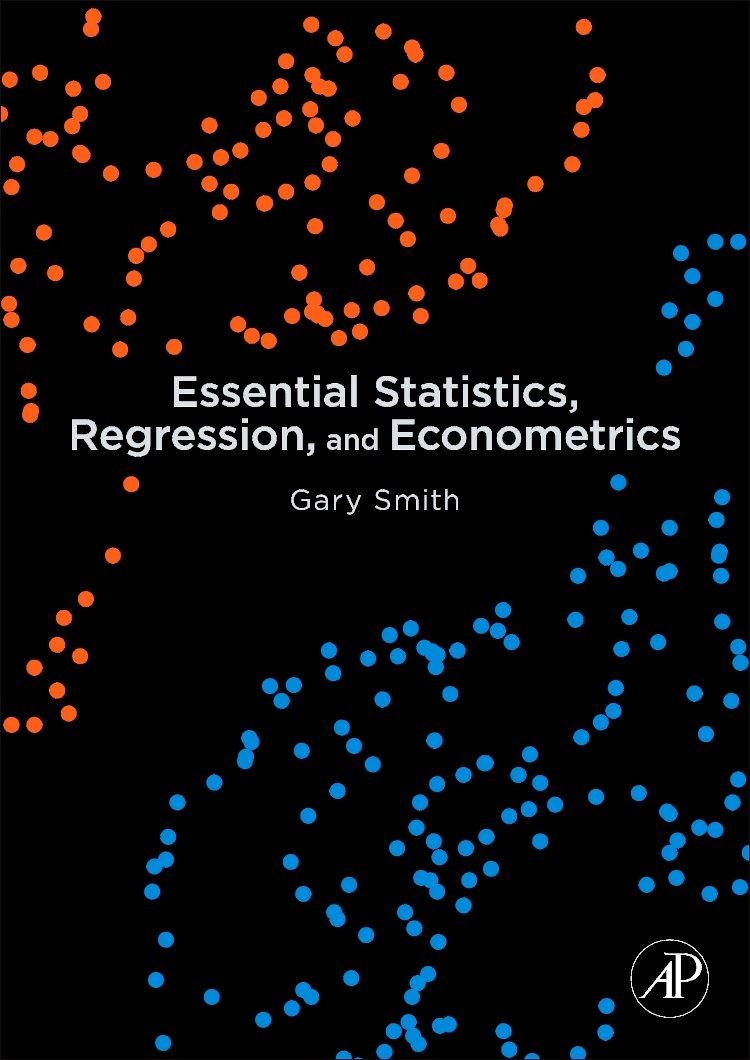A researcher wanted to investigate the theory that better baseball players tend to come from warmer climates,
Question:
A researcher wanted to investigate the theory that better baseball players tend to come from warmer climates, where they can play baseball 12 months of the year. He gathered data for 16 MLB teams on the number of players who were from warm climates (the Dominican Republic, Mexico, Puerto Rico, and 10 sunbelt states of the United States).
A least squares regression of the number of games won on the number of warm-climate players gave these results:
[ ]: t values
a. The researcher observed that “Both t values are significant; so there is a real relationship between the number of southern players on a baseball team and the number of wins.” Explain what he means by “significant.” Explain why both t values either do or do not matter to his conclusion.
b. Use a two-standard-deviations rule of thumb to calculate a 95 percent confidence interval for the predicted effect of another warm-climate player on the number of wins by a team.
c. The researcher calculated the predicted number of wins for a team in which all 25 players on the roster are from warmer climates. What is the predicted value?
Why should it be used with caution?
d. Carefully explain why, even if it is true that better baseball players come from warmer climates, there may be no relationship whatsoever between the number of warm-climate players on a team’s roster and the number of games it wins.
Step by Step Answer:

Essential Statistics Regression And Econometrics
ISBN: 9780123822215
1st Edition
Authors: Gary Smith





